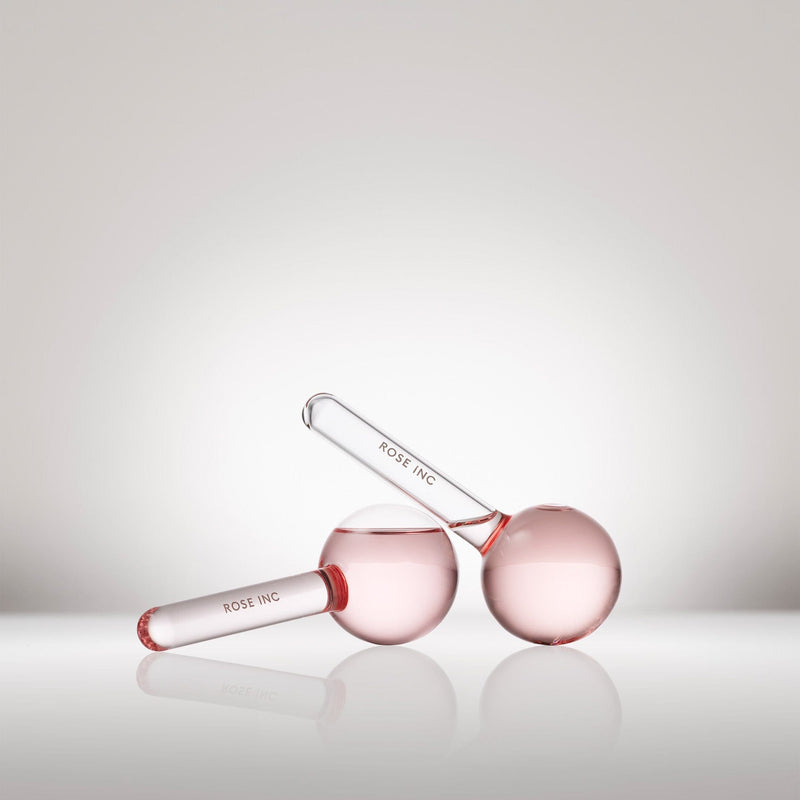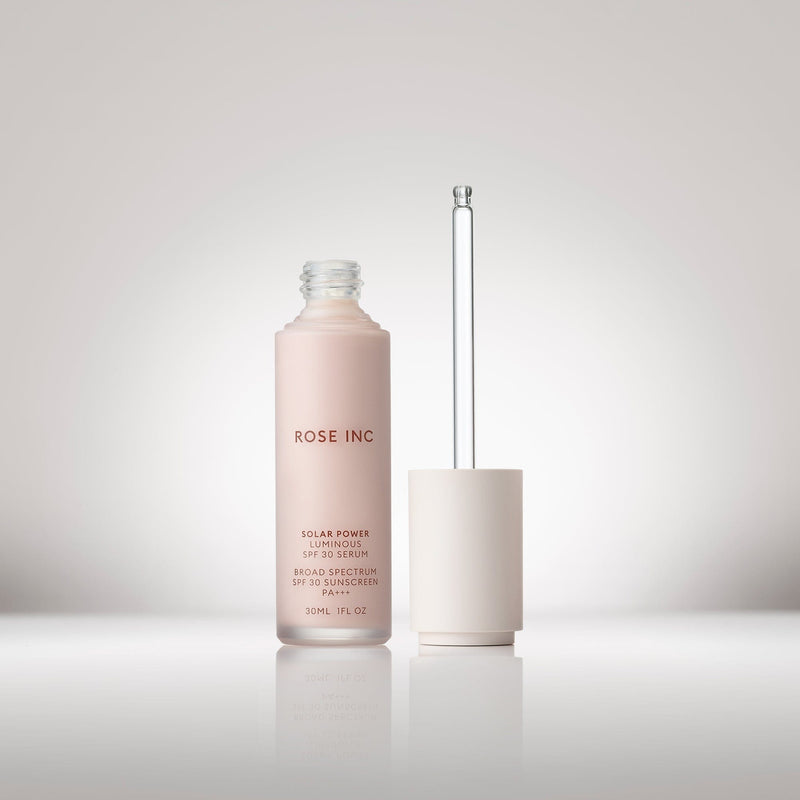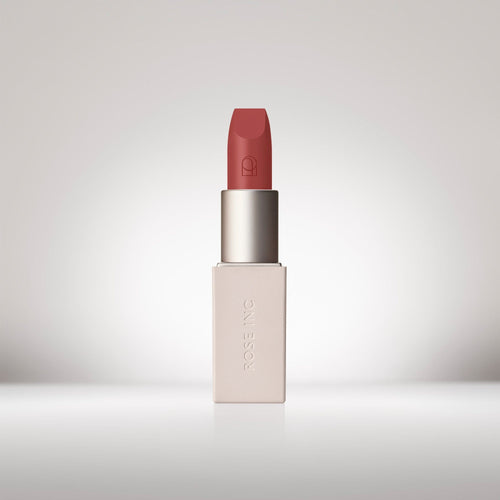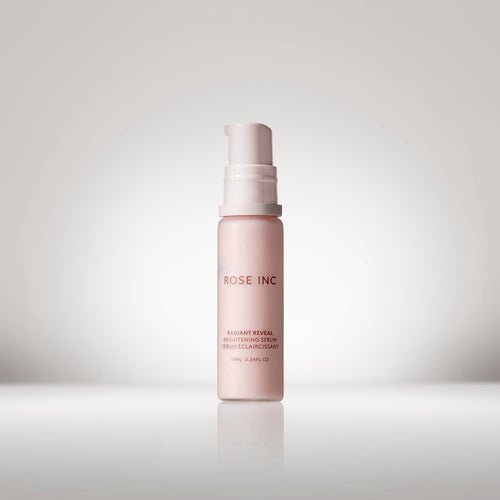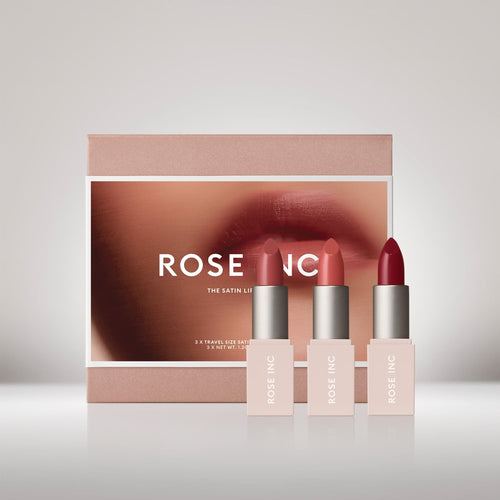Collections
Product Type
Filter
- SHOP
- EXPLORE
Collections
- Body Care
- New
- Bestsellers
- Sets
Product Type
- Makeup
- Skincare
- Brushes/Tools
- Travel
Filter
- By Benefit
-
-
Top Sellers
Shop all
About US
- OUR STORY
- INGREDIENTS
- SUSTAINABILITY
- RECYCLING GUIDE
Editorial
- New
- Profile
- Education
- Tutorial
- RHW SHORTLIST
Search By Category
Popular Searches

Softlight Skin-Smoothing Liquid Foundation
A medium-buildable foundation with a smooth, soft-matte finish.
31N
Deep with Neutral Undertone
30W
Deep with Warm Red Undertone
29N
Deep with Neutral Red Undertone
28W
Deep with Warm Golden Undertone
27C
Deep with Cool Red Undertone
26N
Deep with Cool Red Undertone
25W
Deep with Warm Golden Undertone
24W
Medium-Deep with Warm Olive Undertone
23C
Medium-Deep with Cool Pink Undertone
22N
Medium-Deep with Neutral Undertone
21W
Medium-Deep with Neutral Undertone
20N
Medium-Deep with Neutral Golden Undertone
19N
Medium-Deep with Neutral Undertone
18W
Medium-Deep with Warm Golden Undertone
17C
Medium with Cool Pink Undertone
16W
Medium with Warm Olive Undertone
15N
Medium with Neutral Golden Undertone
14W
Medium with Warm Peach Undertone
13N
Medium with Neutral Undertone
12C
Medium with Cool Neutral Undertone
11W
Medium with Warm Golden Undertone
10N
Light-Medium with Neutral Olive Undertone
9W
Light-Medium with Warm Peach Undertone
8N
Light with Neutral Undertone
7C
Light with Cool Pink Undertone
6W
Light with Warm Golden Undertone
5N
Light with Neutral Undertone
4W
Light with Warm Golden Undertone
3N
Fair with Neutral Undertone
2N
Fair with Neutral Olive Undertone
1C
Fair with Cool Pink Undertone
31N
Deep with Neutral Undertone
Softlight Skin-Smoothing Liquid Foundation
Medium Coverage, brightening, balancing

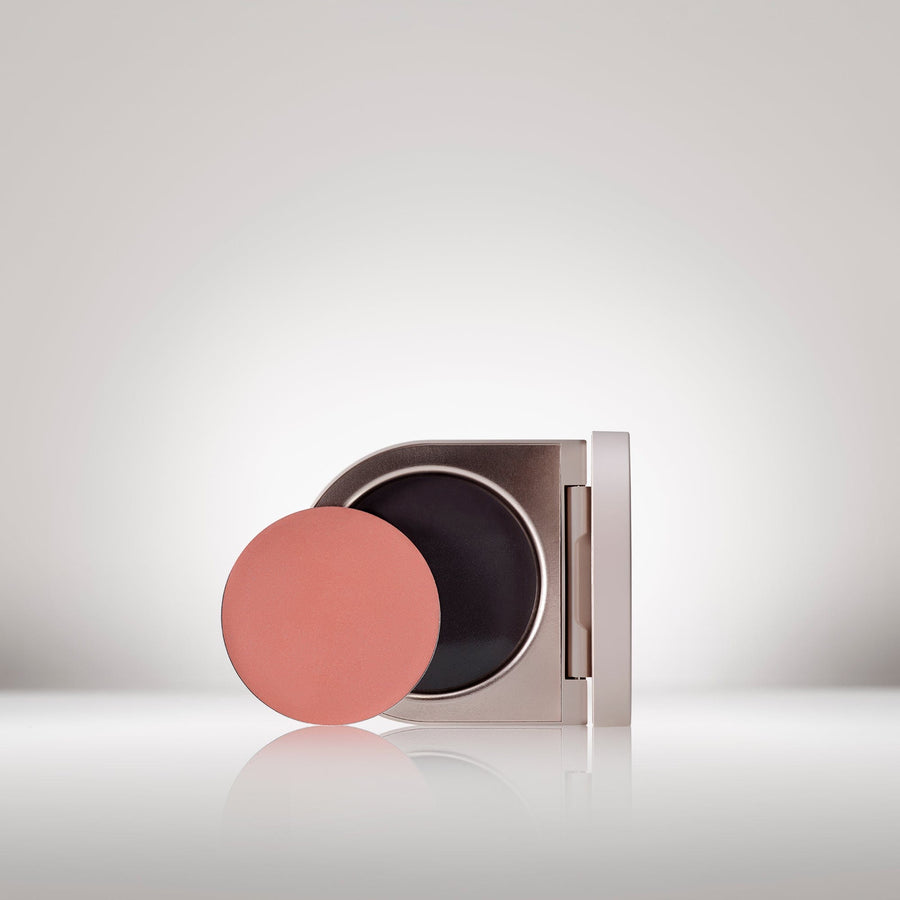
Cream Blush Refillable Cheek &
A hydrating cream that brightens and blurs with a radiant...
Hydrangea
Light cool pink
Wisteria
Coral pink
Anemone
Coral
Heliotrope
Apricot
Delphine
Muted peach
Daylily
Rich taupe
Foxglove
Warm terracotta
Ophelia
True pink
Camellia
Mauve
Hibiscus
Bright plum
Azalea
Berry
Dahlia
Deep berry
Hydrangea
Light cool pink
Cream Blush Refillable Cheek & Lip Color
Brightening, blurring and longwearing

Softlight Luminous Hydrating Concealer
A does-it-all concealer that brightens, blurs and contours while nourishing...
LX 200
Very Deep Skin Tone, Neutral Undertone
LX 190
Very Deep Skin Tone, Cool Red Undertone
LX 180
Deep Skin Tone, Warm Neutral Undertone
LX 170
Deep Skin Tone, Golden Undertone
LX 160
Deep Skin Tone, Red Undertone
LX 150
Deep Skin Tone, Neutral Undertone
LX 140
Medium/Deep Skin Tone, Neutral Undertone
LX 130
Medium/Deep Skin Tone, Warm Golden Undertone
LX 120
Medium/Deep Skin Tone, Pink Undertone
LX 110
Medium/Deep Skin Tone, Golden Undertone
LX 100
Medium/Deep Skin Tone, Peach Undertone
LX 090
Medium Skin Tone, Olive Undertone
LX 080
Medium Skin Tone, Pink Undertone
LX 070
Medium Skin Tone, Golden Undertone
LX 060
Medium Skin Tone, Peach Undertone
LX 050
Light/Medium Skin Tone, Neutral Undertone
LX 040
Light/Medium Skin Tone, Golden Neutral Undertone
LX 030
Light Skin Tone, Pink Undertone
LX 020
Light Skin Tone, Peach Undertone
LX 010
Fair Skin Tone, Neutral Undertone
LX 200
Very Deep Skin Tone, Neutral Undertone
Softlight Luminous Hydrating Concealer
Medium coverage, brightening, blurring


Skin Enhance Luminous Tinted Serum
A hydrating skin tint that delivers powerful skincare and sheer,...
140
Very Deep Skin Tone/Red Undertone
130
Deep Skin Tone/Neutral Undertone
120
Deep Skin Tone/Red Undertone
110
Deep Skin Tone/Golden Undertone
100
Medium Deep Skin Tone/Golden Undertone
090
Medium Deep Skin Tone/Olive Undertone
080
Medium Tan Skin Tone/ Peach Undertone
070
Medium Skin Tone/Peach Undertone
060
Medium Skin Tone/ Neutral Undertone
050
Medium Skin Tone/ Pink Undertone
040
Light to Medium Skin Tone/ Neutral Undertone
030
Light Skin Tone/ Warm Golden Undertone
020
Light Skin Tone/Warm Peach Undertone
010
Fair Skin Tone/ Cool Pink Undertone
140
Very Deep Skin Tone/Red Undertone
Skin Enhance Luminous Tinted Serum
Sheer Coverage, illuminating, hydrating
Search By Category
Popular Products
Categories
-
Education
A primer on essential beauty topics, from talc contamination to biodegradability.
-
Profile
Everybody has a story about beauty. Some of the world’s most intriguing people share theirs.
-
Tutorials
Expert beauty advice to inform and inspire.
-
A primer on essential beauty topics, from talc contamination to biodegradability.
-
Everybody has a story about beauty. Some of the world’s most intriguing people share theirs.
-
Expert beauty advice to inform and inspire.

How To Fade Hyperpigmentation with Dr. Shawana Vali
ContentOf all the skin complaints treated in the average dermatology office, facial discoloration is one of the most common. Known as hyperpigmentation, dark patches can be caused by sun exposure, hormonal changes, breakouts, inflammation, and genetics, among other things, and are often considered bothersome due to their non-uniform shape and placement. According to the American Academy of Dermatology, dark spots are more common in those with medium to deep skin tones, but anyone can experience different types of hyperpigmentation such as melasma and acne scars. In short, a strategic approach is required for those that want to safely fade hyperpigmentation of any kind, so Rose Inc. consulted Shawana Vali, MD, the doctor behind London’s members-only LMS Wellness, for guidance. With a hyperbaric chamber developed by NASA, a cozy meditation pod, and a ‘mind lab’ designed to quell anxiety by reducing stress, LMS Wellness isn’t your everyday doctor’s office—but they certainly treat hyperpigmentation every day.
Dr. Vali and her colleagues have given their own unique spin to the world of cosmetic dermatology by mixing Eastern and Western practices, the latest in international aesthetics, and a touch of biohacking to create a unique wellness-meets-MD space. Her holistic approach seeks to increase the health of the skin at a cellular level. “I take a look at what's happening both on the inside and outside, creating a 360 approach to retrain your body to function like a superstar,” she says. “When you’re layering on excess products, your skin becomes lazy and stops doing what it's naturally designed to do. It becomes reliant on consistently being fed. That’s where I step in to help restore it’s molecular integrity to sustain itself.”
Related Stories

Understanding what’s going on at a cellular level informs everything Dr. Vali does, including treating everyday skin issues like melasma and hyperpigmentation. Hyperpigmentation, for example, can be caused when melanin remains at the skin’s surface after being exposed to the sun, causing an unevenness in tone, she explains. “People [with medium, deep, and dark complexions] are more predisposed to hyperpigmentation because their melanin structures are larger, and more active, so they’re easier to trigger by sunlight, UV irradiation, or inflammation.”
Melasma is another common type. “The major difference between hyperpigmentation and melasma is that the latter has a hormonal onset,” Dr. Vali adds. “It’s more common in women because it has been linked to estrogen, and it's usually diagnosed by its symmetrical pattern.” This isn’t to say anyone needs to have perfectly-even skin, but for those who are looking to correct or slow discoloration that’s been bothering them, Dr. Vali breaks down her recommended protocol, below.
ONCE-DAILY SPF ISN'T ENOUGH
“Regardless of your complexion, you need protection against all the factors that cause or worsen pigmentary disorders,” Dr. Vali says. “Even throughout winter, because of the low air quality and insane exposure to blue light that jeopardize the skin's barrier, you should always wear at least SPF 15.” Reapplication is essential: “UV filters and antioxidants are depleted during the protection process… You have to be consistent.” Dr. Vali recommends reapplying sunscreen with a chemical filter (since it works well on all skin tones) several times per day when avoiding the sun isn’t practical.
ADD KEY INGREDIENTS
“My first-line recommendation for all dermal discoloration is topical skincare,” Dr. Vali says. “There are a number of ingredients to look out for in your cosmeceuticals to help reduce your skin condition at home. You want ingredients that’ll stimulate change in the cells and disrupt melanogenesis.” She notes that arbutin, azeleic acid, vitamin C, glutathione, and certain prescription topicals can correct hyperpigmentation.
‘‘ WHEN YOU’RE LAYERING ON EXCESS PRODUCTS, YOUR SKIN BECOMES LAZY AND STOPS DOING WHAT IT'S NATURALLY DESIGNED TO DO. ’’


A LASER TREATMENT IS NOT A CURE-ALL
It is very important to be careful when seeking laser treatment to fade hyperpigmentation because ‘rebound pigmentation’ is possible. That is, initial results quickly disappear as even more unevenness appears as a reaction to the treatment. “From near-infrared to IPL and Q-switch, selecting the appropriate laser for your individual skin type and condition is critical as significant damage to the dermis, including severe post-inflammatory pigmentation and hypopigmentation may occur,” Dr. Vali says.
TRY AT-HOME OR IN-OFFICE MICRONEEDLING
“The regenerative healing response disperses melanin clusters,” Dr. Vali says about the popular treatment. “It lightens hyperpigmentation for a smoother, more even finish.”
TRY A SPOT TREATMENT
Dr. Vali recommends in-office mesotherapy, which injects a blend of ingredients straight into the top layers of the dermis. Unlike dermal filler, the goal is to get the ingredients just deeper than at-home microneedling, not create volume changes. “You’re delivering the active ingredients exactly where they need to be, so they can do what they need to,” Dr. Vali adds. “As a targeted treatment, these work best on dark patches caused by acne or post-inflammatory pigmentation.”








